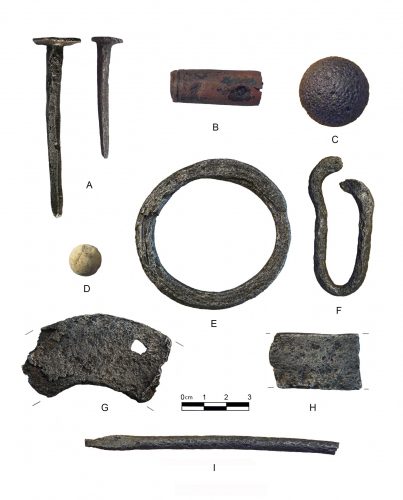On the Trail of De Soto

Since 2015 we have been collaborating with the Chickasaw Nation, the University of Mississippi, and the University of South Carolina in an exploration of Native American and Spanish interactions in eastern Mississippi. Our work at the Stark Farm site, a Native American village occupied from the 1300s to 1600s A.D., has recovered one of the largest assemblages of sixteenth-century Spanish artifacts in eastern North America. These include objects such as horseshoe fragments, axe blades, nails, and chisels. In addition, a number of metal ornaments were fashioned by Native Americans out of European metals like brass. Historical documents indicate that Hernando de Soto’s expedition of about 600 men passed through this region in 1539-1540, before the Chicasa people ousted them in a pitched battle. Our investigations at Stark Farm seek to determine whether this was the main village of the Chicasa, and what were the impacts of the first European foray into the interior of what is now the southeastern United States? This ongoing project has been continuously funded by the Chickasaw Nation and the Chickasaw Explorers program, which involves the training of college students of Chickasaw heritage in archaeological field methods. The National Geographic Society (grant #9831-16) also has provided support for this work.